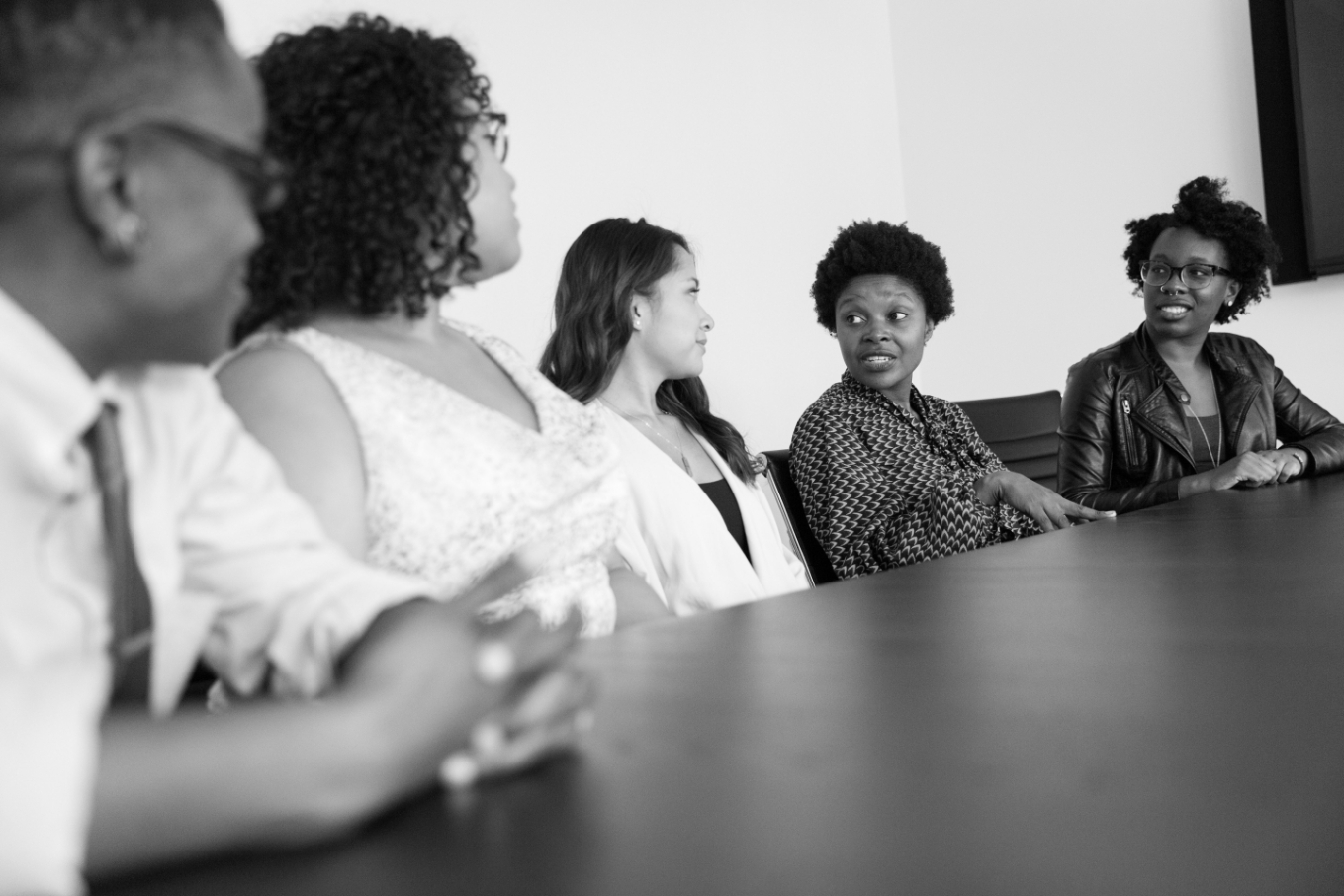Vivian Tseng joins the Scholars Strategy Network No Jargon podcast to talk about how research has traditionally been used to shape education policy in the U.S. and how more recent approaches may pave the way toward “making research matter.”
Links
Vivian Tseng joins the Scholars Strategy Network No Jargon podcast to talk about how research has traditionally been used to shape education policy in the U.S. and how more recent approaches may pave the way toward “making research matter.”
